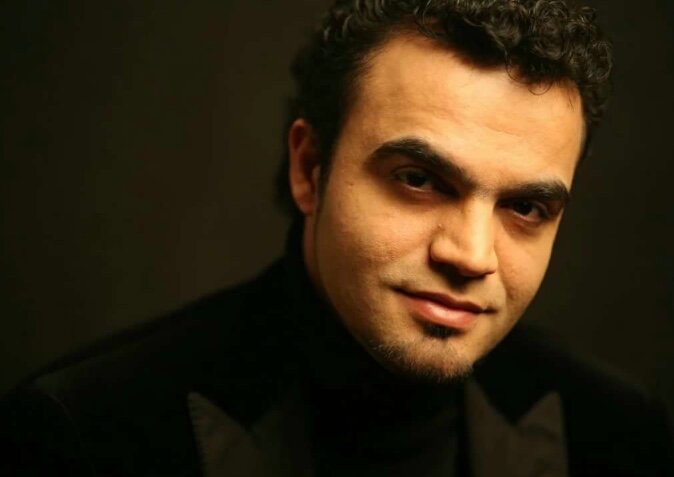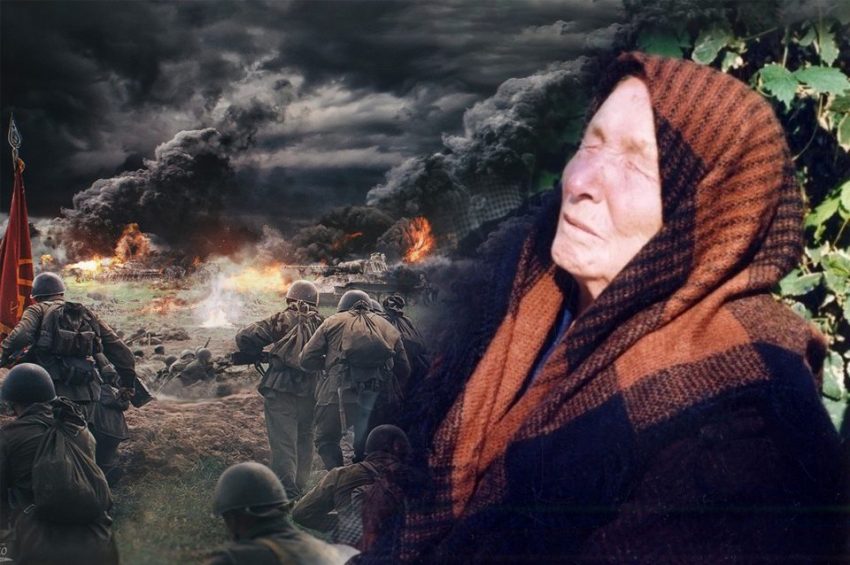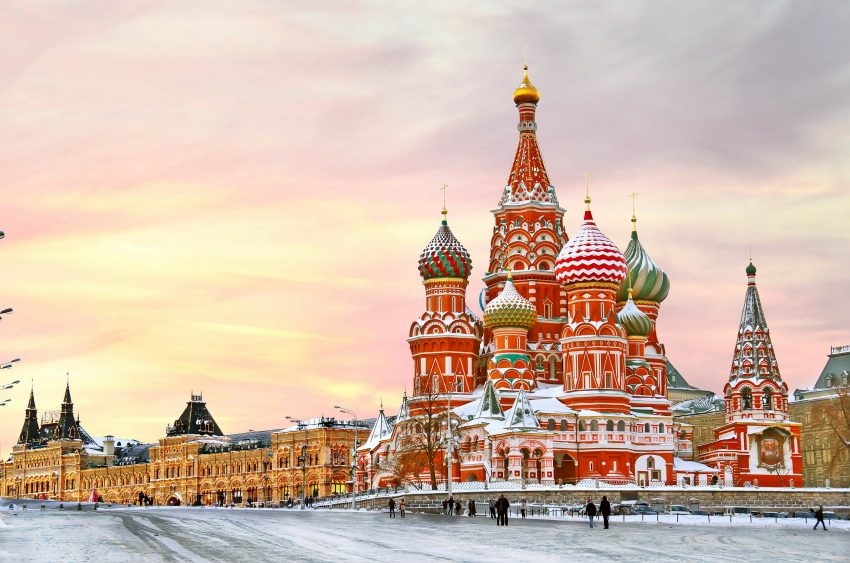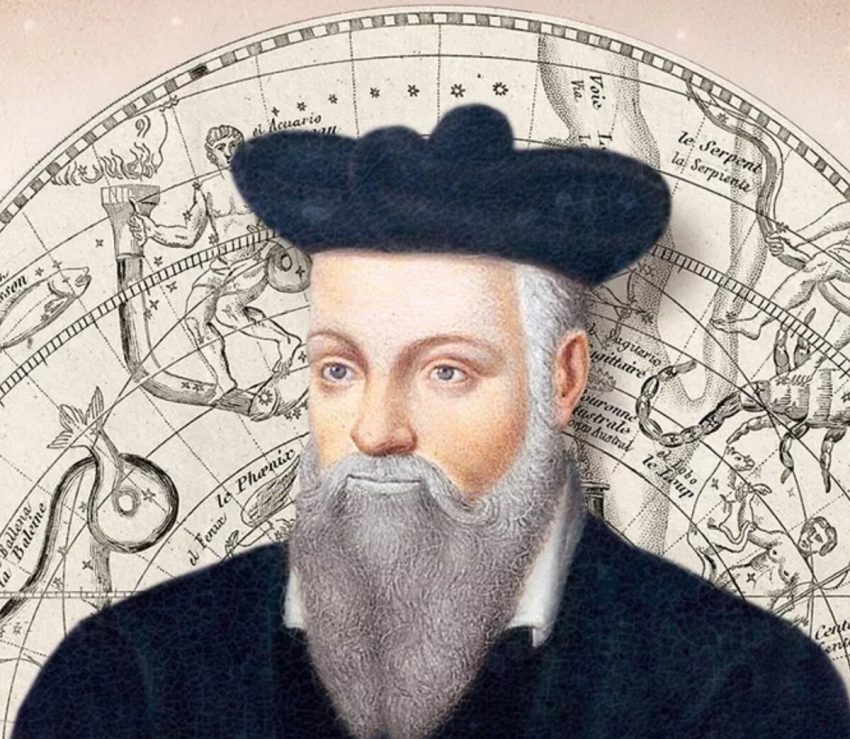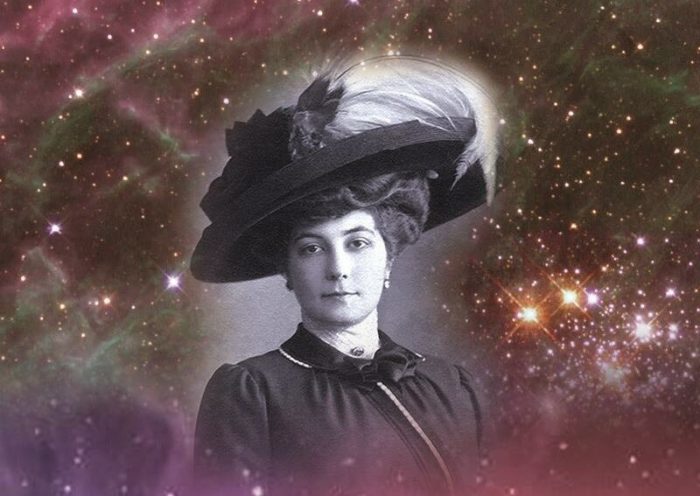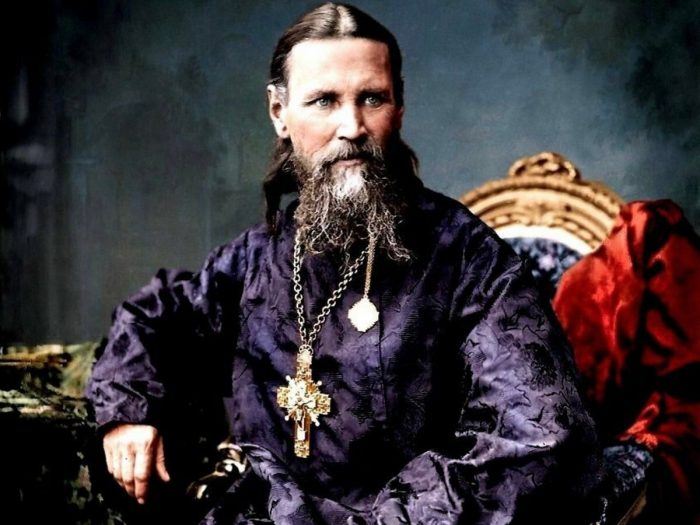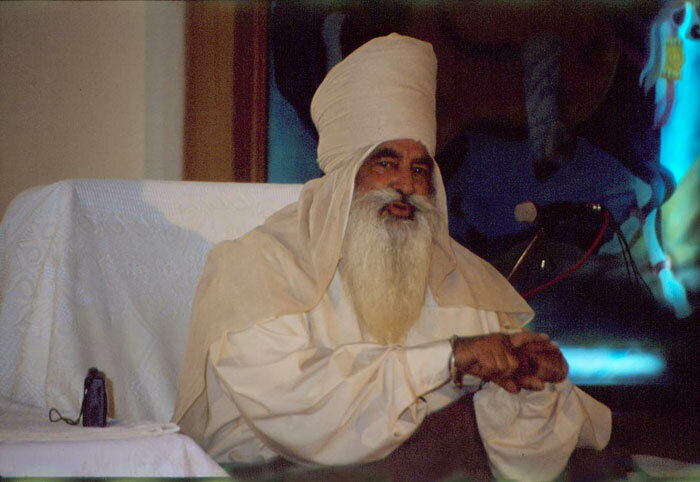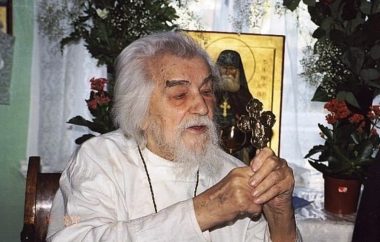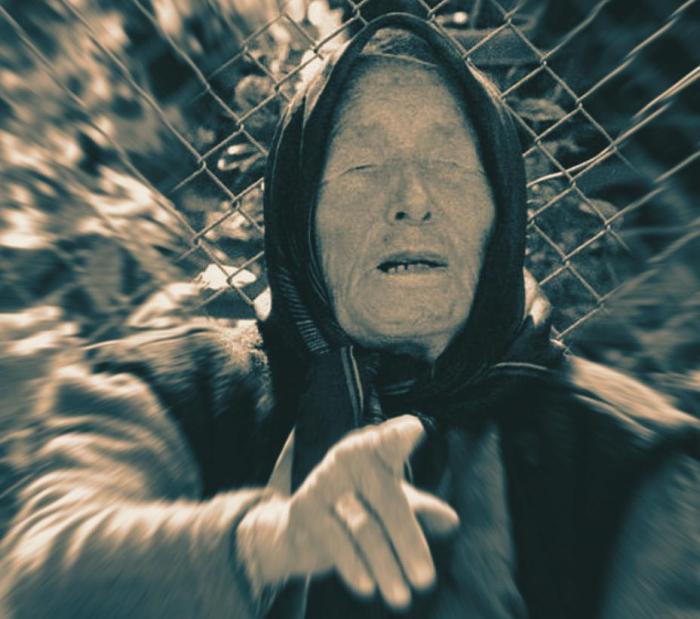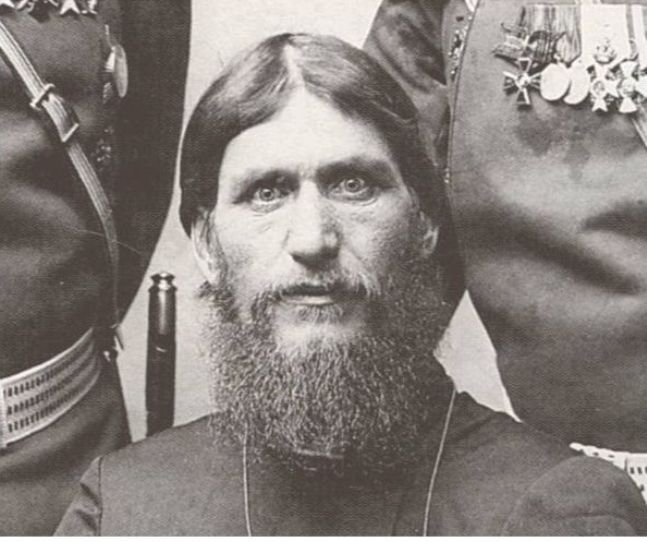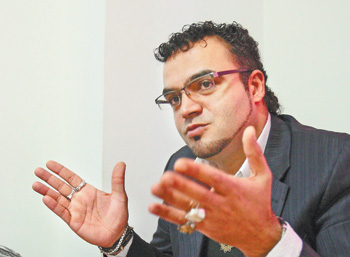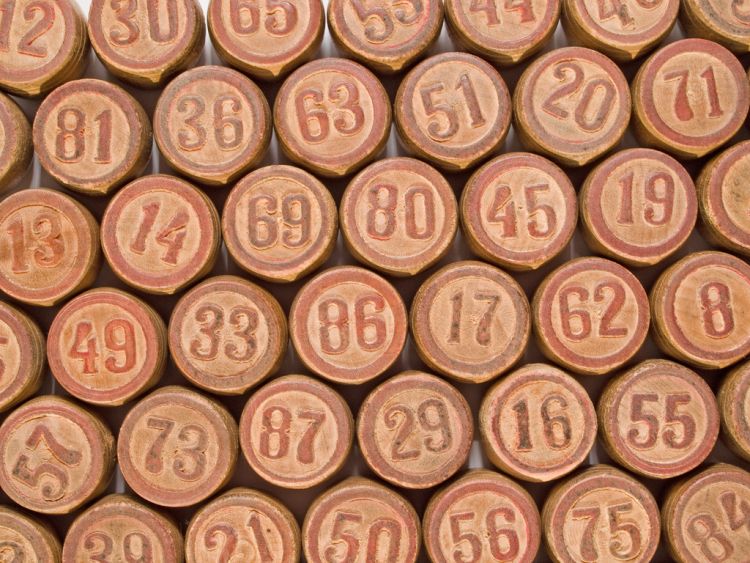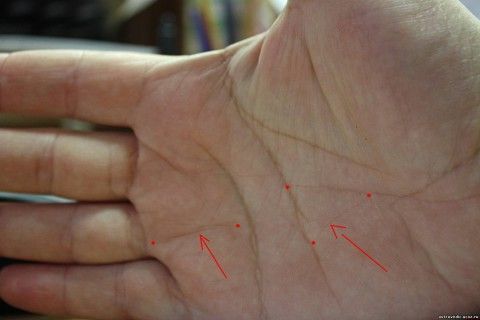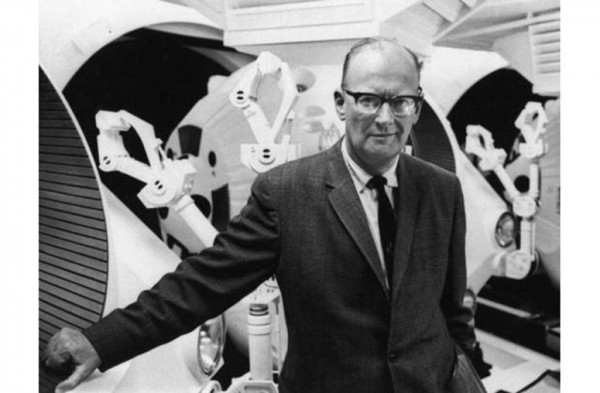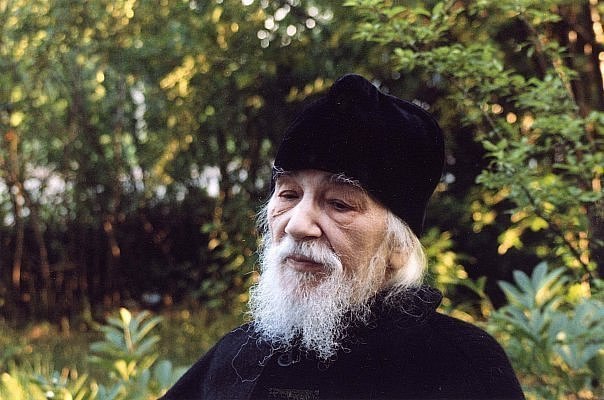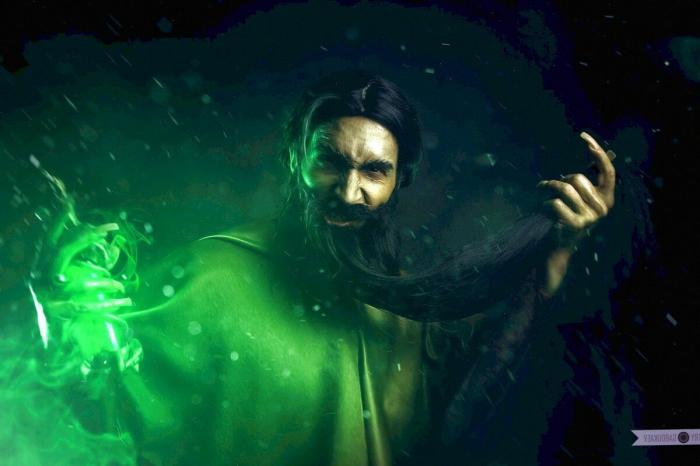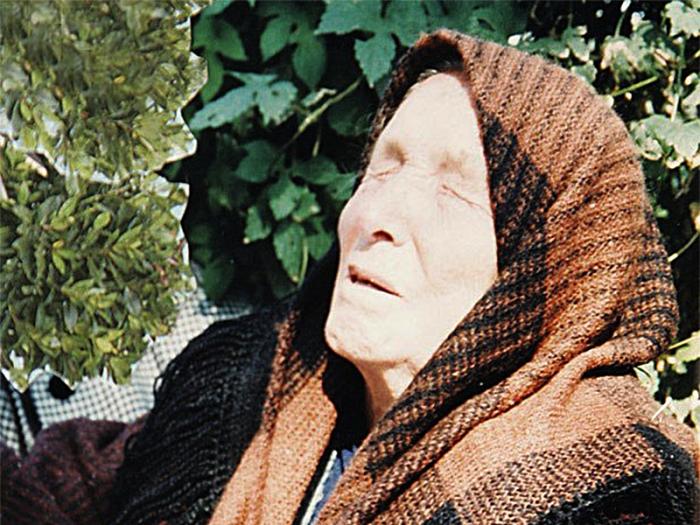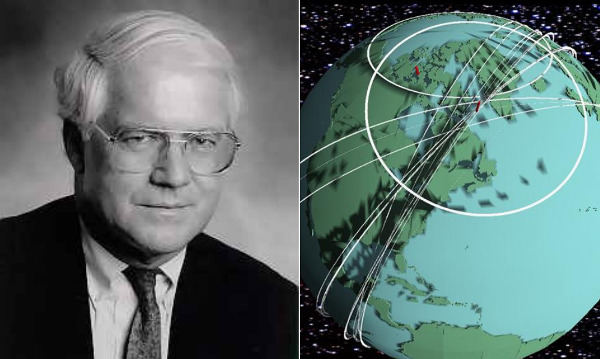How the prophecy of St. Seraphim came true (5 photos)
“… It will be a marvel, so marvelous, how the sinful flesh of the wretched Seraphim will be transferred from Sarov to Diveevo, ” the Reverend once said to the Diveevo sisters. This prophecy, at first incomprehensible, was destined to come true on August 1, 1991, when the relics of the Sarov ascetic were found for the second time and transferred to the Diveevo monastery.
The story of the kidnapping
For almost a century, the question of the canonization of St. Seraphim of Sarov was decided. Why so long?
In June 1920, a meeting of the Council of People’s Commissars was held under the chairmanship of V. I. Lenin, at which a decision was made to “eliminate the relics on an all-Russian scale.” Thus, the new government tried to show people that the relics are just a “priestly fiction” created in order to attract as many people as possible to their churches and monasteries. In December of the same year, as part of this campaign, the relics of St. Seraphim of Sarov were opened, followed by the drawing up of an act of inspection of the holy remains. The bones of the saint were discovered, which, however, did not cause any reaction among the believers, since during the glorification in 1903 the body of the saint was found in the same condition. In 1927, the relics were seized from the Sarov Monastery and taken to an unknown destination.
In the storerooms of the museum

In the autumn of 1990 in Leningrad, in the storerooms of the Museum of Atheism and Religion, which was then located in the building of the Kazan Cathedral, unknown remains were found, which, upon receipt, did not pass the museum inventory. Together with these remains, on a glove, an inscription was found: “Reverend Father Seraphim, pray to God for us!” In December, a commission headed by Bishop of Tambov and Michurinsk Yevgeny (Zhdan) and Bishop of Istra Arseny (Epifanov) established by many signs, including injuries found on the bones, that these were the relics of St. Seraphim of Sarov stolen in the Soviet years.
Metropolitan of Krutitsy and Kolomna Yuvenaly recalls: “He (Patriarch Alexy II) sent two bishops … for examination. And before that, His Holiness the Patriarch took out copies of the acts during the opening of the relics. And so our bishops, when they were presented with the found remains, saw that everything coincided: both the copper cross and some missing bones, which St. Seraphim lost during his lifetime after he was attacked and beaten by robbers.
Thus, the uncovering of the relics of the Reverend took place. They were moved to a specially made shrine and from now on they were given all the worship due to them.
For you, I am alive and will be forever. Seraphim of Sarov
Memoirs of participants in the second acquisition and transfer of the relics of St. Seraphim of Sarov from St. Petersburg to Diveevo.
The film contains unique documentary footage and testimonies.
Scriptwriter and director: Alexandra Andronova. NP PC “Glagol”, 2016
Procession

On February 6, 1991, the holy remains were sent by train from Leningrad to Moscow. This event took place without official publicity – no one announced anything, but a great multitude of believers gathered to see off the monk. Already at the Moscow railway station, “so many people went out onto the platforms that boarding the train became problematic,” recalls Metropolitan Arseniy of Istra, “<…> I remember very well that when the train with the relics of Seraphim started moving, everyone who was at the station Time has fallen on its knees.
In Moscow, the relics, accompanied by a procession, were brought to the Epiphany Cathedral. Here they were from February to July 1991. On July 23, a grandiose religious procession from Moscow to Diveevo began, led by Patriarch Alexy II. The relics of the saint were transported in a minibus through Bogorodsk, Orekhovo-Zuevo, Vladimir, Bogolyubovo, Gorokhovets, Vyazniki, Nizhny Novgorod and Arzamas. In large cities, liturgies, prayer services were celebrated, akathists to the saint were continuously sung. Everywhere people came out to the minibus – to meet Seraphim. “Many people came out onto the road with banners, crosses, flowers and icons,” recalls a participant in these events, Metropolitan Arseniy, “They came out to greet St. Seraphim! And here comes the rain! And suddenly, seeing our motorcade, all these people, despite the streams of water, kneel down! Metropolitan Yuvenaly: “Having learned, that the relics are brought to Vladimir, to Noginsk, to Orekhovo-Zuyevo, <…> people walked in an avalanche, not one kilometer, in the rain and sang “Christ is Risen”. Sometimes there were so many people along the road that the Patriarch blessed them to make unscheduled stops so that the faithful could bow to their beloved saint.
Homecoming

On July 30, 1991, on the eve of the day of remembrance of St. Seraphim of Sarov, his relics were returned to the dilapidated Diveevo Monastery. Metropolitan Yuvenaly recalls: “When we finally reached the place of the deeds of the Reverend a week later, His Holiness Patriarch (Alexy II) said: “Another page of the Diveevo Chronicle has turned.” On July 31 at 3:00 pm, the Patriarch, along with other bishops, sang an akathist to the saint, and then served an all-night vigil at the Trinity Cathedral of the Diveevo Monastery (the only building that had been somehow restored by that time). In the morning, after the end of the late liturgy, which the Patriarch celebrated in the open air, a moleben was served with a procession around the cathedral. Then the reliquary with the relics was brought into the temple, where until today they rest at the northern pillar. Thus ended the ten-day procession,
And the prophecy of St. Seraphim came true: “He will lie down in Diveevo.”
What happened?

The celebrations on the occasion of the miraculous acquisition of the relics of St. Seraphim opened up a new era in the life of Christian Russia. After years of atheistic oppression, the Church was able to speak and act openly. The media actively covered the events related to the acquisition of relics. The organization of the procession and all festive events received state support. The church celebration, which marked a new page in the life of Russian Orthodoxy, became a visible manifestation of nationwide solidarity. There are no analogues to this event so far.
After the transfer of the relics, the Diveevsky Monastery, destroyed in the Soviet years, was restored. Now this is one of the unique places in Russia, a place of our memory and strength. Its decoration and landscaping continues to this day. Thousands of pilgrims and tourists come here every year.
The leadership and scientists of the Russian Federal Nuclear Center, which is located in Sarov, actively participated in the revival of the monastery itself and memorial sites associated with the life of St. Seraphim.
Most of all, this event is significant in that after it many hesitant, despondent and doubting became Christians, as they later testified. Through the acquisition of the relics of St. Seraphim of Sarov, they gained faith.


